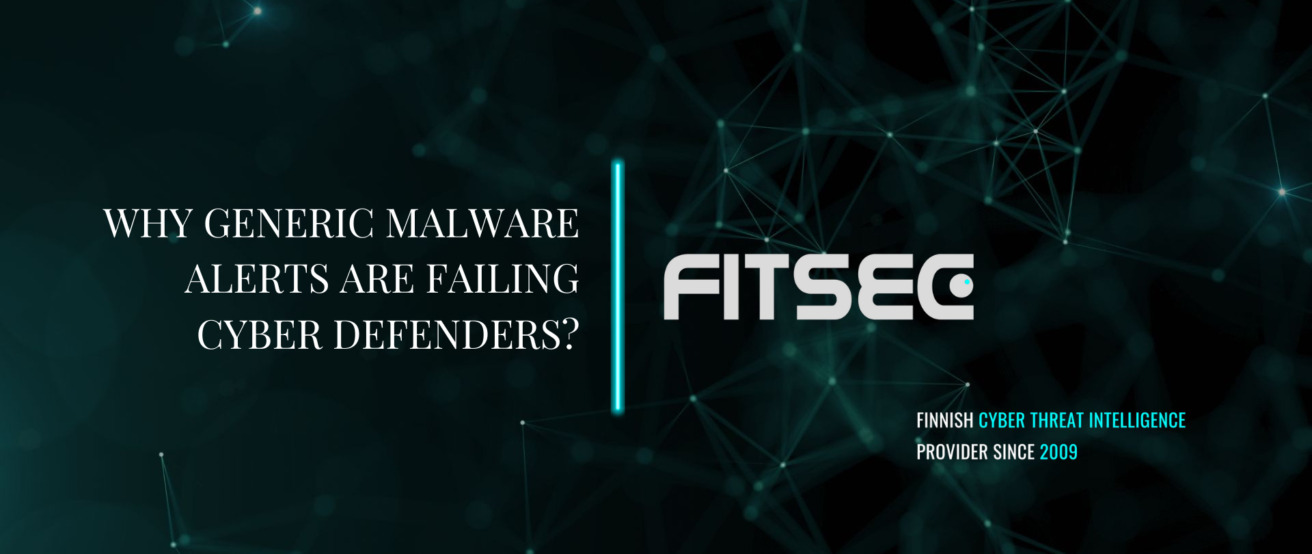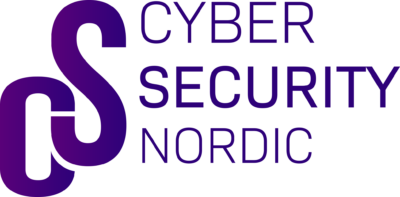Why generic malware alerts are failing cyber defenders

Cybersecurity sometimes fails not because of what we don’t know, but because of what we assume we know. In large public sector networks and enterprise infrastructures, traditional malware detection is saturated with ambiguous results. Labels like “Generic Trojan,” “Unknown executable,” or “Suspicious activity” may seem urgent but often mean very little.
These generic classifications are not flaws, they are features of legacy detection tools. Antivirus and endpoint protection platforms rely on signature-based detection. When no exact match is found, they default to generic labels, signaling that “something might be wrong” without offering actionable insights.
But in B2B contexts, especially within government networks or multi-domain corporate environments, this lack of clarity is costly. Decisions must be made based on facts, not vague suspicions. Response times must be measured in seconds, not hours or days. And resources must be allocated to real threats, not noisy alerts.
Generic doesn’t scale
In these environments, generic detections lead to misallocated analyst time, poor triage accuracy, and a false sense of safety. A file flagged as a “Generic Trojan” might be anything from nuisance adware to a custom backdoor used by an advanced persistent threat (APT). This ambiguity makes prioritization nearly impossible.
More importantly, modern attackers rely on these blind spots. They mutate code just enough to bypass traditional tools, triggering generic alerts while evading meaningful detection. Security teams chasing these ambiguous leads are either overreacting to harmless files or underreacting to serious threats.

Structural analysis: the shift in perspective
Modern malware analysis now goes deeper. Instead of evaluating a file’s superficial characteristics, structural code analysis dissects its underlying architecture.
Files are deconstructed into code-level building blocks and compared against a curated library of known malware components. This technique identifies links between new samples and historical campaigns, even if the code has been renamed, obfuscated, or repackaged.
Where signature-based tools ask, “Is this an exact match?”, structural tools ask, “Have we seen code like this before?” The difference is profound. Even when malware changes form, its fingerprint in the code remains, and that’s what gets detected.
Operational impact for large organizations
For public institutions and enterprise SOC teams, the implications are significant:
- Faster action: Analysts no longer need to guess whether a detection matters, they get immediate context
- Wider visibility: When code fragments match components from past attacks, defenders gain historical perspective
- Campaign linkage: Identifying whether a file belongs to a known campaign enables smarter containment strategies
- Fewer false positives: Structured intelligence reduces noise and allows better use of limited resources
When clarity drives action
This matters especially in environments with complex infrastructure, strict regulatory requirements, and strategic use of human resources. Public sector agencies are frequent targets of espionage. Enterprises operate global systems where lateral movement can spread infections rapidly.
In both contexts, clarity is not a luxury, it’s an operational requirement. Security teams cannot afford to waste time guessing the nature of an alert.
It’s not about replacing all tools
No detection solution solves everything. Structural code analysis doesn’t replace sandboxing, behavior analysis, or threat intel feeds. But in the critical early seconds of a potential incident, it provides one of the clearest signals available.
If a threat can be accurately classified in seconds, and linked to a known attack campaign, that alone can shift an organization from reactive mode to proactive defense.
Final thought
Generic classifications are no longer good enough. Modern security demands precision, context, and speed. Structural code analysis delivers that, by shifting detection from surface-level signatures to functional DNA.
For organizations where the cost of delay is measured in data loss, reputational damage, or national security exposure, the need is clear. See malware not for what it appears to be, but for what it is. In cybersecurity, clarity isn’t optional. It’s decisive.

CTO & Partner at Fitsec Ltd




